Search
Did you mean: Philippi?
Search Results
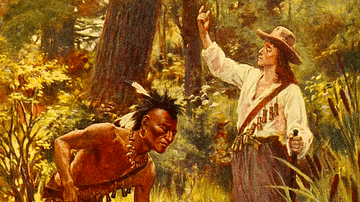
Image
Death of King Philip or Metacom
An early 20th-century illustration showing the death of King Philip, aka Metacom (l. 1638-1676) who led a coalition of Native American tribes in King Philip’s War (aka Metacom’s War, 1675-1678) against English colonists.
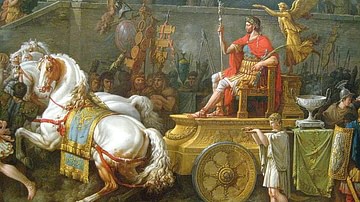
Definition
Battle of Pydna
The Battle of Pydna in June 168 BCE was a decisive Roman victory that ended the Third Macedonian War and established Rome as the dominant power in the Mediterranean. The Roman Republic was expanding, enlarging its sphere of influence along...
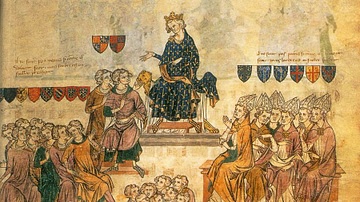
Image
Philip VI Presiding Over the Lawsuit of Robert of Artois
A 14th century CE manuscript illustration showing Philip VI of France (r. 1328-1350 CE) presiding over the lawsuit of Robert III of Artois. (MS fr: 18437, National Library of France, Paris)
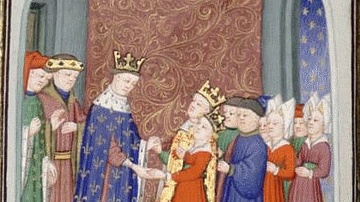
Image
Philip VI of France with David II of Scotland and Queen Joan
A 15th century CE manuscript illustration showing David II of Scotland (r. 1329-1371 CE) and Queen Joan kneeling before King Philip VI of France (r. 1328-1350 CE).
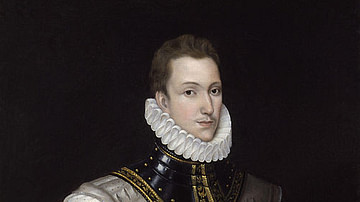
Image
Sir Philip Sidney
Portrait of Sir Philip Sidney (1554-1586), Elizabethan poet, soldier, and courtier, oil on canvas by an unknown artist after an original, c. 1576.
National Portrait Gallery, London.
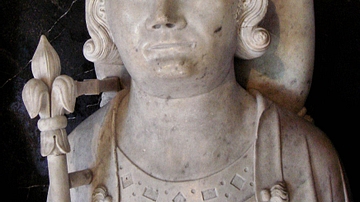
Image
Philip IV of France
Philip the Fair (r. 1285-1314 CE), Saint-Denis Basilica.
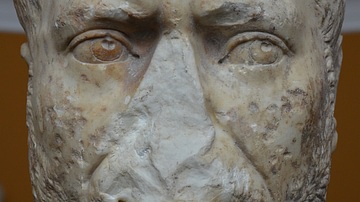
Image
Roman Emperor Philip the Arab
Marble head of Roman Emperor Philip the Arab, from Rome, 244-249 CE. (Ny Carlsberg Glyptotek, Copenhagen)

Image
Philip Melanchthon Medal
A medal portraying a German philosopher Philip Melanchthon (1497-1560). Copper alloy with warm brown patina, created by Friedrich Hagenauer around 1543.
Metropolitan Museum of Art, New York.

Image
King Philip Meeting with Colonists
King Philip (Metacomet) of the Wampanoags, (1638-1676), meeting colonists, print by S. N. Wood, 1911.
Library of Congress Prints and Photographs Division Washington, D.C.
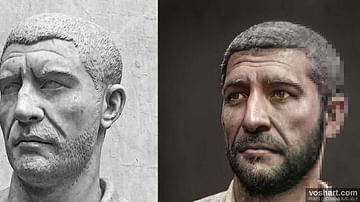
Image
Philip the Arab (Artistic Facial Reconstruction)
A photorealistic representation of what the Roman emperor Philip the Arab (r. 244-249 CE) may have looked like. Based on contemporary and near contemporary descriptions, as well as archaeological evidence. Pictured alongside the reconstruction...